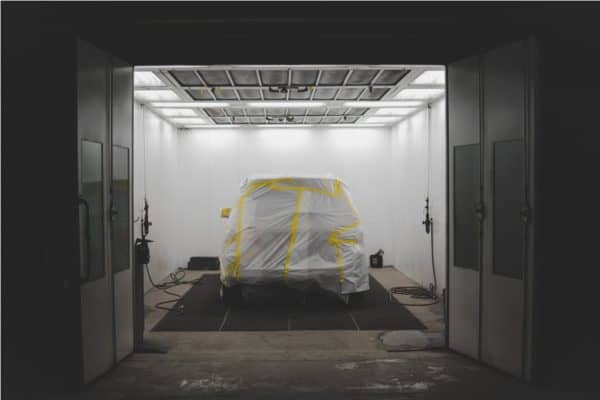Mufflers are typically designed to do two things: release engine exhaust gasses and control noise output. An average driver only thinks about the first function. But you’re not an average driver. You want a good balance of exhaust flow with the right sound. Drivers sometimes shop for the loudest muffler, but louder isn’t always better. As you’ll discover, size, design and inlet/outlet configuration are key in selecting the best muffler for your vehicle.

One Size Does Not Fit All
You know it when you hear it: the telltale potent growl that almost sounds like a buzz saw. It’s a powerful lure for some performance vehicle drivers, so they equip their rides with loudest mufflers or exhausts possible. But as a savvy driver, you know that a louder exhaust isn’t always a good idea. It will get you fined in California and several other states.
Besides legal troubles, selecting a too-large exhaust or muffler can cause performance issues. Overly large pipes can cause exhaust gasses to expand and cool down. When these gasses meet up with hotter and faster gasses, this causes turbulence. The entire exhaust flow process slows down, decreasing the air-to-fuel mixture entering the combustion chamber. And all that equals reduced performance for your vehicle.
Pay Attention to Muffler Configuration
You now know that a properly sized muffler maintains exhaust flow and vehicle performance. Selecting a muffler with the right design is also important. Its inlet/outlet configuration determines both how it fits and the quality of sound output. When constructing custom Dodge Challenger exhaust systems, you’ll usually see three muffler configuration types:
- Center/center, with a straight path and loud sound
- Center/offset, creating a longer diagonal pipe path and softer sound
- Offset/offset, with the longest diagonal path and softest sound
The bottom line? A longer perforation core can reduce sound output volume. As sound waves pass through surfaces or materials, some sound is absorbed.
Other Design Details To Consider
Dreaming of a signature “big exhaust” sound? You want a performance exhaust or muffler with an aggressive deep tone and a throaty growl when you press the gas pedal. This distinctive sound is smooth and low with an almost purr-like quality. It’s loud but balanced. It lets people know you’re coming but doesn’t rattle or overpower.
A straight-through muffler gives you the volume for a powerful sound. However, there’s more to the equation than just its inlet and outlet. Internal chambers, packing materials and other structures like pipe insulation and plates are integrated to channel and absorb sound in specific ways. Some straight-through models use two-stage packing material. An outer stainless steel wool layer absorbs heat from their perforation cores. After that, exhaust gasses touch the inner acoustic packing. The packing absorbs some of the noise, leaving only that smooth low rumble you crave.
Shop Smart for Performance Exhaust Parts
Don’t judge a muffler by its size alone. Proper fitment ensures that your master flow exhaust components deliver optimal exhaust flow and ideal performance. Also, you should look at a muffler’s packing materials, internal design and inlet/outlet configuration. Follow these tips and you’ll achieve the exhaust sound you want.
 Gearfuse Technology, Science, Culture & More
Gearfuse Technology, Science, Culture & More


